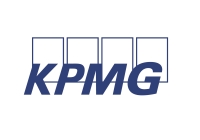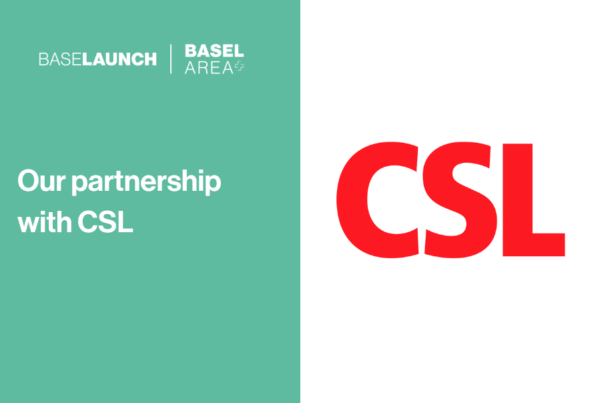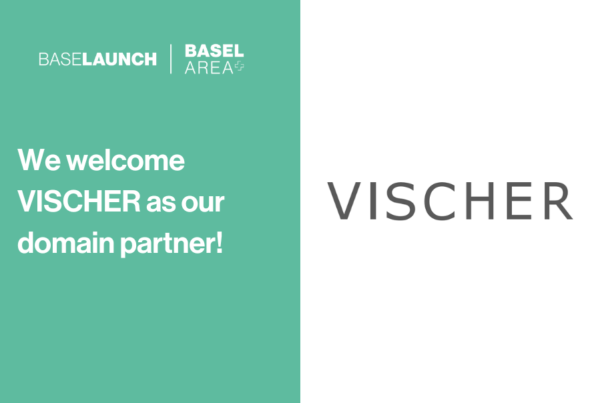Market access has become the main hurdle for pharmaceutical companies seeking a new drug launch in Europe. Life sciences experts share their most valuable insights for start-up companies who want to make sure their drug gets to help patients as soon as possible.

European health systems are under pressure because of the aging population, the increasing amount of chronic diseases and a rise of healthcare costs caused by several factors such as the growing number of orphan drugs available on the market. In addition, the 2020 COVID-19 pandemic has shown the vulnerability of health systems across Europe, with excessive hospital overload and scarcity of resources to attend the great demand.
For a timely and uneventful European launch, it is fundamental for pharmaceutical companies to understand payers’ priorities and challenges across Europe. While the five biggest markets in the EU have continued to grant reimbursement for most new drugs, they have also designed mechanisms to reduce their cost impact to safeguard the financial sustainability of health systems. Hence, taking payers’ priorities and needs into account while developing and commercializing drugs is key to optimize the market access process upon obtaining regulatory approval.
In our webinar on market access for pharmaceutical companies, we discussed this topic in detail.
Life sciences experts:
Nicolas Gimenez-Stamminger, Director Life Sciences Strategy, KPMG Switzerland
Peter Mozerov, Manager Life Sciences Strategy, KPMG Switzerland
Leonildo Delgado: Do pharma products face more significant challenges than other products?
Nicolas Gimenez-Stamminger: In the healthcare industry, demonstrating value goes hand-in-hand with who pays for the services. At least in Europe, companies are talking about innovative medicines and obtaining reimbursement, so you want to get your money back from a national payer. In addition, beyond market access, there are regulations that you need to comply with to be launch-ready. Life sciences is a heavily regulated industry, which makes market access and access to drugs particular in this context. Getting a drug launch right is critical for its overall success.
Even when a product receives market authorisation, there might still be a gap between market access and the patient getting access to that drug. Why?
Peter Mozerov: The gap allows the regulators to confirm that the medicine is safe and efficacious in a given indication. Payers want to reimburse only things they are convinced to have a proven value. Sometimes it takes several years to close this gap. During this time, the different players involved try to negotiate the right price.
How early should start-up companies start thinking about market access?
Nicolas Gimenez-Stamminger: Best practice is to think very early about market access, although what we usually see in the market is entirely different. For example, American biotech companies think generally about market access when they have reached phase 3, putting these companies in a situation where they can hardly include European payer wishes into their development programs.
What is the predicted impact of COVID-19 in pricing and reimbursement, or market authorisation?
Nicolas Gimenez-Stamminger: COVID-19 is putting more pressure on national healthcare budgets. European payers are using COVID-19 to push prices down even for innovative molecules. Additional measures may include pricing controls or even delisting non-essential drugs. A long-term strategy will undoubtedly have the increased adoption of generics and biosimilar.
Peter Mozerov: It could also present an opportunity. The anti-infective space that has been suffering for a long time may finally get the necessary attention.
Do you have one final piece of advice for early-stage biotech start-ups?
Nicolas Gimenez-Stamminger: Chemical development is important but try to incorporate market access and regulatory strategy as soon as possible into the drug development lifecycle. New biopharma companies usually start too late thinking about how to approach the market.


